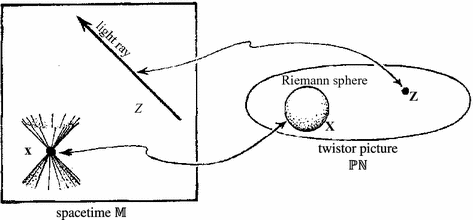This past week the large biennial “Lepton-Photon” (International Symposium on Lepton Photon Interactions at High Energies) conference has been taking place in Ljubljana. These have been going on since 1965, now alternating years with the ICHEP (“Rochester”) conference. It’s been quite a while since the main topic of the conference was lepton-photon interactions, these days it covers the entire field of HEP, with a format of plenary survey talks. Taking a look at the slides will give you an excellent survey of what is going on in HEP, both in experiment and theory.
One newsworthy talk was Mike Lamont’s on the current state of the LHC Run 2. The new LHC run is at 13 TeV collision energy, with 25ns bunch spacing (as opposed to 8 TeV, 50ns in Run 1). No showstopper problems so far, but increasing the luminosity (by increasing the number of bunches) has been a slow process. As a result, Lamont expects only about 3.4 inverse fb luminosity this year, down from early hopes for a number more like 10 inverse fb. The plan is for 30 inverse fb next year.
The summary talk by John Ellis featured undimmed enthusiasm for SUSY. What will be very interesting to see will be the treatment of this subject at the next Lepton-Photon conference.
One subject that was not mentioned at all in Ellis’s talk, and, as far as I could tell, not in any of the other ones either, was the multiverse. The organizers and speakers seem to all realize that there’s no scientific content to this idea worth discussing, so best to ignore it. I’m completely mystified though by the decision to have as public outreach a promotional talk about the multiverse by Alan Guth. Why anybody in HEP thinks it’s a good idea to make pseudo-science the public face of the subject just baffles me. If you want to see one reason why this kind of thing is really a bad idea and doing great damage to the public perception and understanding of the subject, take a look at this.
Away from serious scientific conferences, the multiverse continues to dominate the media’s coverage of fundamental physics. The usually sober publication The Economist features both an article and a video this week promoting multiverse pseudo-science. As usual in such pieces, no skeptical voices are to be heard. Susskind deals straightforwardly with the lack of scientific evidence problem by simply saying things that aren’t true:
This idea of a multiverse is not gratuitous speculation. No, it really comes out of both experiment or observational physics about the universe and the current theories as best we understand them.
He doesn’t explain what the experimental evidence for the multiverse is. The BICEP2 observation of primordial gravitational waves perhaps?


